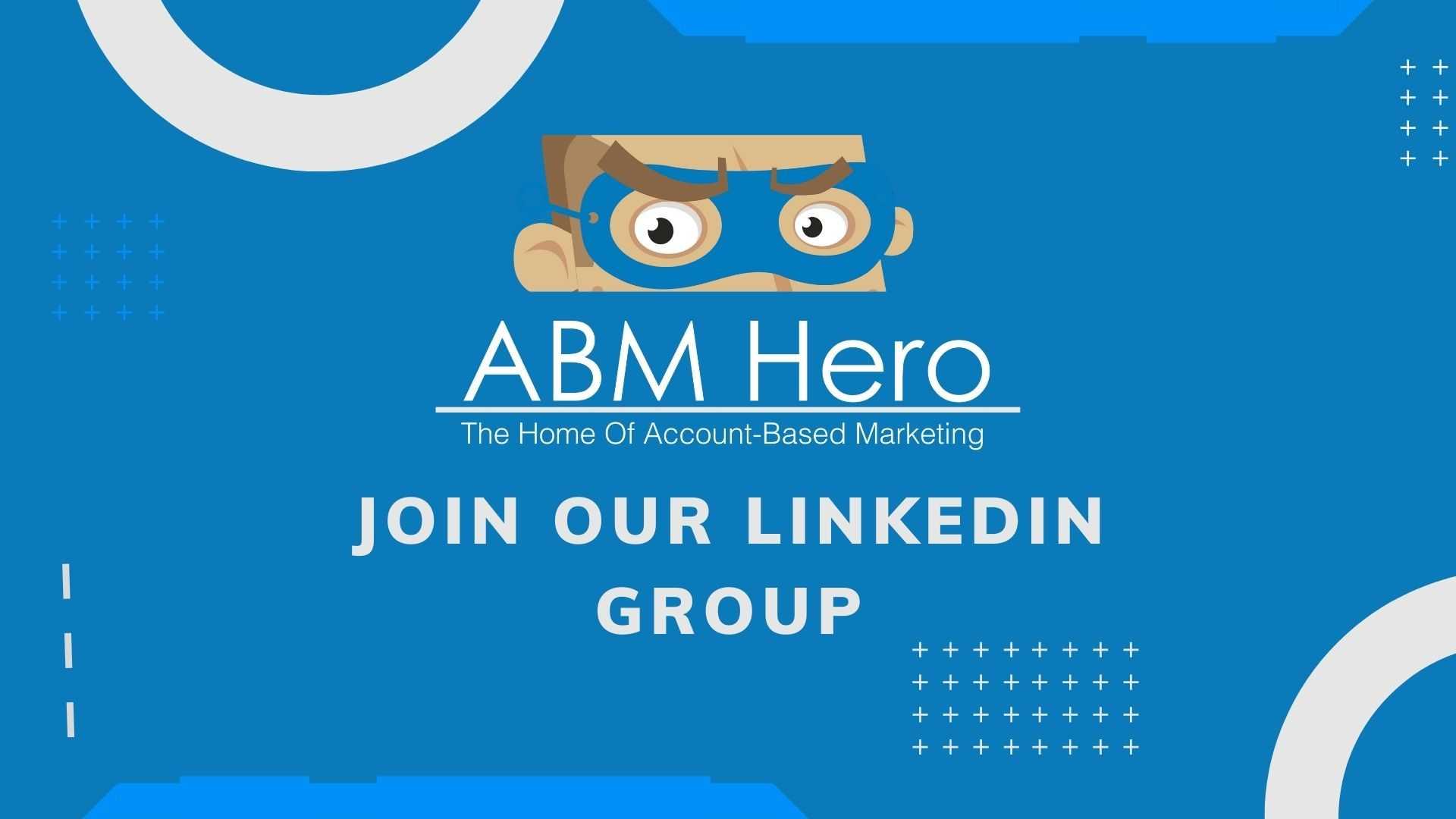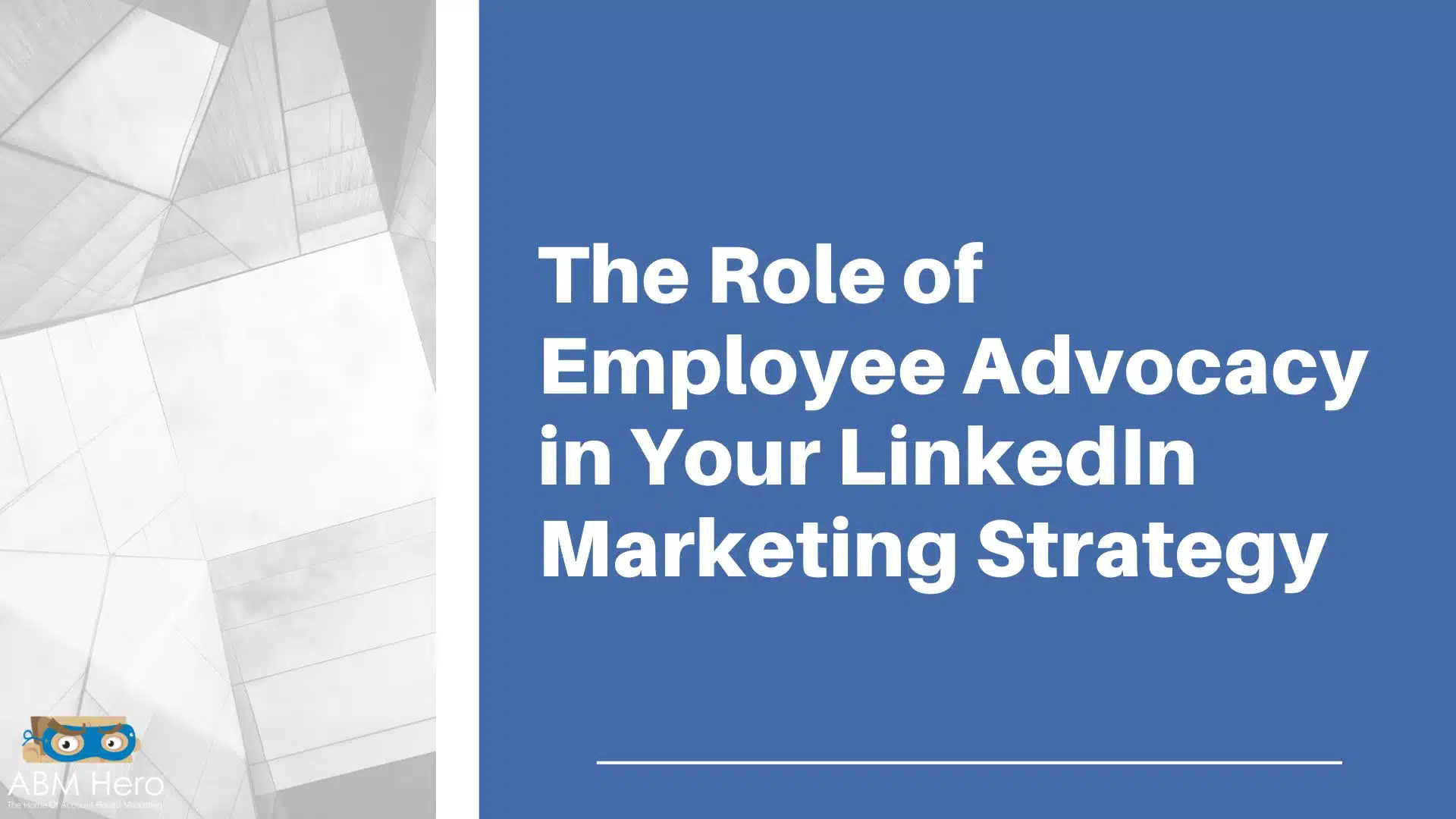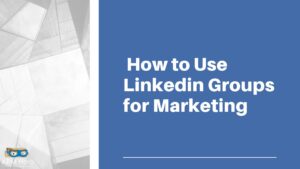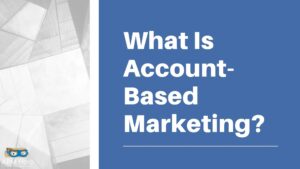As social media platforms continue to dominate our lives, LinkedIn has emerged as one of the most effective platforms for businesses to connect with their audience.
LinkedIn is a social media platform that connects professionals worldwide, helping them find work, seek partnerships, and build their networks.
With over 756 million members from over 200 countries and territories, LinkedIn is the ideal platform for businesses looking to engage with their audience and grow their brands.
One of the most effective ways to leverage LinkedIn for marketing is through employee advocacy.
Employee advocacy encourages employees to promote and share their company’s content on their personal social media profiles.
It’s a powerful marketing technique that can help businesses reach a wider audience, improve their brand reputation, and increase engagement.
In this blog, we will discuss the role of employee advocacy in your LinkedIn marketing strategy and how it can help you achieve your business objectives.
What is Employee Advocacy?
Employee advocacy is empowering and encouraging employees to share company content and messaging on their social media profiles.
It is done by providing them with pre-approved content that aligns with the company’s brand and values. One practical example of leveraging employee advocacy for LinkedIn marketing is creating a LinkedIn group specifically for employees.

This group can be a platform for sharing company content, engaging with customers and prospects, and building thought leadership around relevant industry topics.
By empowering employees to contribute to this group, companies can tap into the power of their collective social networks and increase the reach of their messaging.
Another way to leverage employee advocacy is by creating a centralized content hub where employees can easily access pre-approved content to share on their personal LinkedIn profiles.
It could include articles, blog posts, infographics, and other marketing collateral that promotes the company’s products or services.
Overall, employee advocacy can be a powerful tool for companies looking to amplify their messaging on LinkedIn.
Increase Your Brand’s Reach
Employee advocacy is an effective way to increase your brand’s reach on LinkedIn. By encouraging your employees to share your company’s content, you can tap into their networks and reach people who may not have heard of your brand before.
The reach of your content on LinkedIn can be amplified through your employees’ connections, which can help your brand reach a larger and more diverse audience.
LinkedIn says employees have 10 times more connections than their company’s followers. It means that every time your employee shares your content, it has the potential to reach at least 10 times more people than your official LinkedIn page.
It is a valuable opportunity for businesses to expand their reach and attract new customers.
Build Your Brand’s Reputation
Employee advocacy can also help build your brand’s reputation on LinkedIn. When your employees share your company’s content, they endorse your brand, which can significantly impact your reputation.

Customers are more likely to trust your brand if it’s recommended by someone they know and respect.
Employee advocacy also helps to humanize your brand. You can create a more personal connection with your audience by encouraging your employees to share their personal experiences and stories.
It can help build trust and loyalty, increasing engagement and sales.
Improve Your Engagement
Employee advocacy is a proven way to improve your engagement on LinkedIn. When your employees share your content, it’s more likely to be seen and shared by others, which can improve your overall engagement.
According to LinkedIn, employee-shared content generates eight times more engagement than content shared by the official company page.
This increased engagement can lead to more leads, sales, and conversions.
Creating content that resonates with your audience and encouraging your employees to share it can increase your engagement and create a positive feedback loop.
Tips for Creating a Successful Employee Advocacy Campaign
Now that you understand the importance of employee advocacy in your LinkedIn marketing strategy let’s discuss some tips for creating a successful campaign.
Start with a clear objective
Before you begin your employee advocacy campaign, it’s significant to have a clear objective in mind. Whether you want to increase your brand’s reach, build your reputation, or improve your engagement, you must define your goals and plan to achieve them.
Having a clear objective in mind before incorporating employee advocacy into your LinkedIn marketing strategy is imperative because it aligns with the company’s overall goals and objectives.
Employee advocacy is a powerful tool to enhance a brand’s visibility and credibility on social media. However, with a clear purpose or objective, the efforts might succeed.
A well-defined goal directs the advocacy program and helps measure its success. It may be increasing brand awareness, building thought leadership, driving website traffic, or boosting sales.
A clear objective also helps identify the appropriate type of content, target audience, and key performance indicators (KPIs) that must be tracked to measure the program’s success.
Moreover, setting objectives creates a sense of accountability among employees, thereby helping to ensure their active participation in the advocacy program.
It also fosters a sense of unity within the team and encourages employees to become brand ambassadors.
Create compelling content
To succeed with employee advocacy, you must create content that your employees are excited to share.
It means creating informative, entertaining, and valuable content for your audience. Your content should be shareable, visually appealing, and easy to read.
To achieve optimal results with employee advocacy, developing and distributing content that ignites genuine enthusiasm and engagement from your employees is necessary.
Sharing content that resonates with your workforce is a matter of productivity and a critical tool for promoting brand awareness and driving organic growth.
Strategies for creating compelling content including:
- Identifying topics that align with your organization’s values and goals.
- Providing multiple options for sharing, including visual content.
- Utilizing story-telling techniques.
Moreover, it is crucial to closely understand your employee’s interests, wants, and needs. Doing so can help you tailor content to appeal to a broader audience, improve employee satisfaction, and foster a positive, collaborative culture.
Make it easy for employees to share
One of the biggest challenges with employee advocacy is getting your employees to share your content. To make it easy, provide them with pre-written copy, images, and links to your content. You can also use an employee advocacy platform to streamline the process and track your results.
Encourage your employees to participate by providing incentives and recognition for their efforts. It can include prizes, bonuses, or public recognition on your LinkedIn page.

Encouraging active participation among employees in LinkedIn marketing through employee advocacy can be a highly effective way to promote a brand’s message in a social media context.
One proven method of encouraging participation is by creating a clear and compelling vision for the brand and its marketing goals.
By clearly defining the purpose of the brand’s advocacy program and illustrating how each employee can contribute to the broader campaign, individuals are more likely to feel invested in the process.
Another method of increasing participation is through incentivization. Providing employees with tangible rewards for their participation, such as monetary bonuses, can act as a significant motivating factor to encourage engagement.
However, it’s important to note that such incentives must be balanced with other meaningful benefits, such as opportunities for learning and development, increased visibility within the company, and a sense of pride in representing the brand.
After all these steps, it’s essential to monitor and analyze your results to measure the effectiveness of your employee advocacy campaign. Use analytics to track your reach, engagement, and conversions, and use this data to refine your strategy and improve your results.
Employee advocacy is a powerful marketing tool that can help businesses achieve their LinkedIn marketing objectives.
By encouraging your employees to share your content and promote your brand, you can increase your reach, build your reputation, and improve your engagement.
To be successful with employee advocacy, you need to create compelling content, make it easy for employees to share, encourage participation, and monitor your results.
With these tips, you can create a successful employee advocacy campaign that helps you achieve your business objectives.
